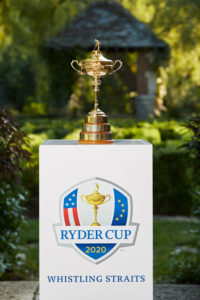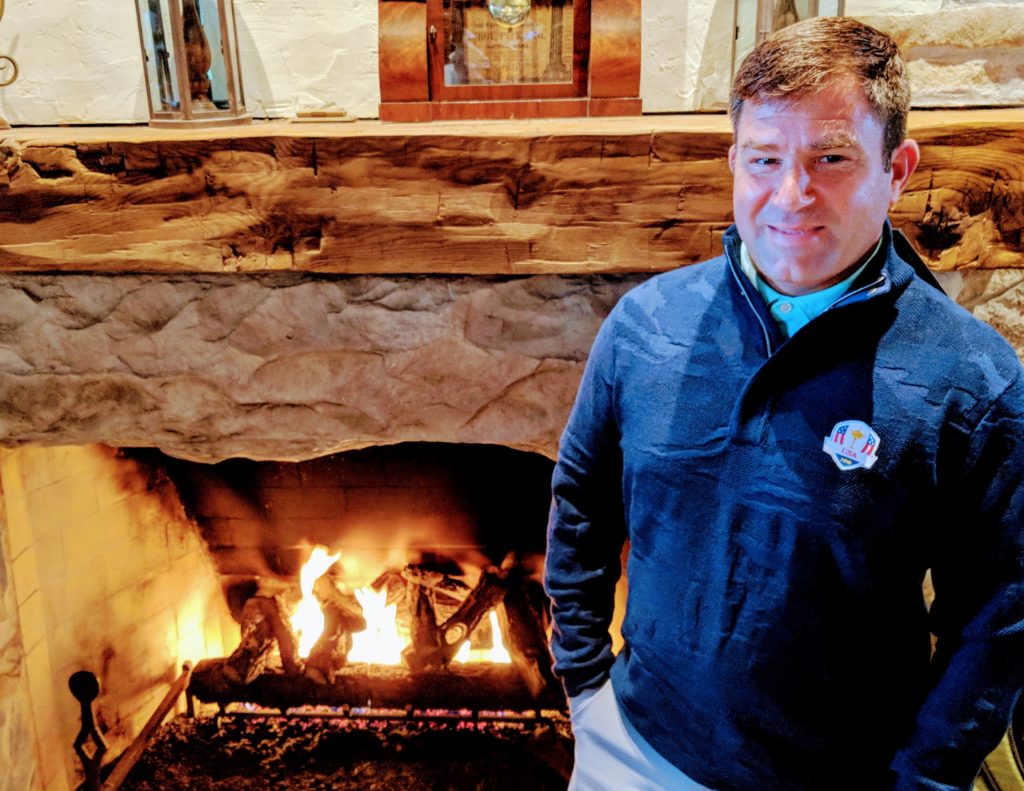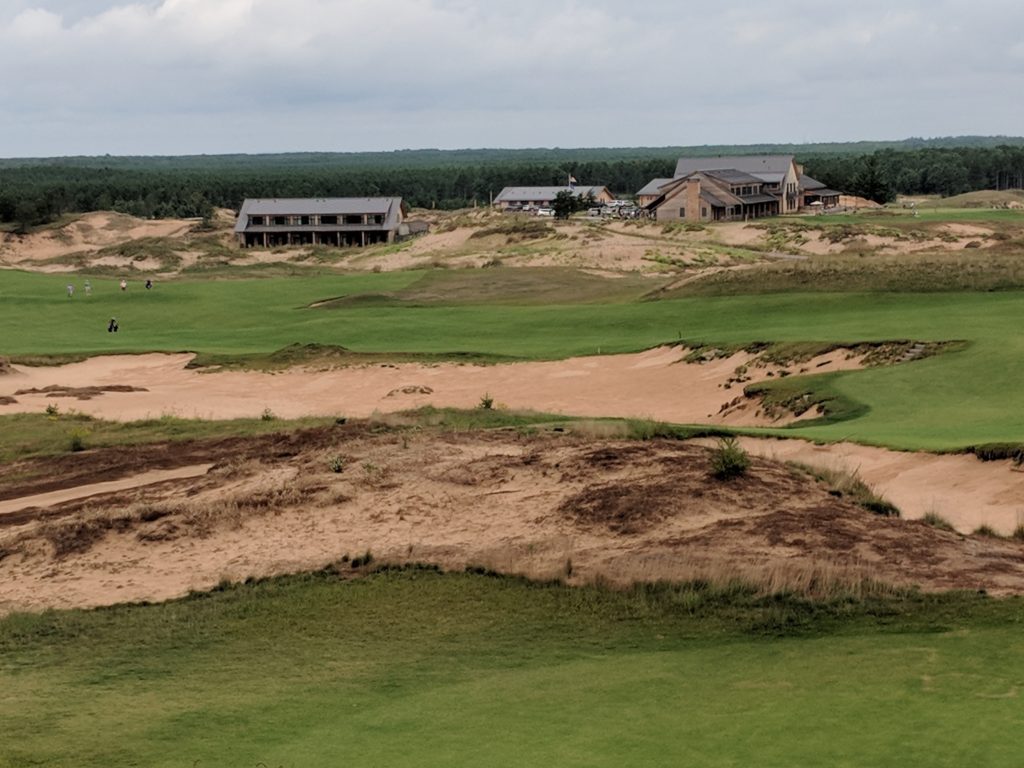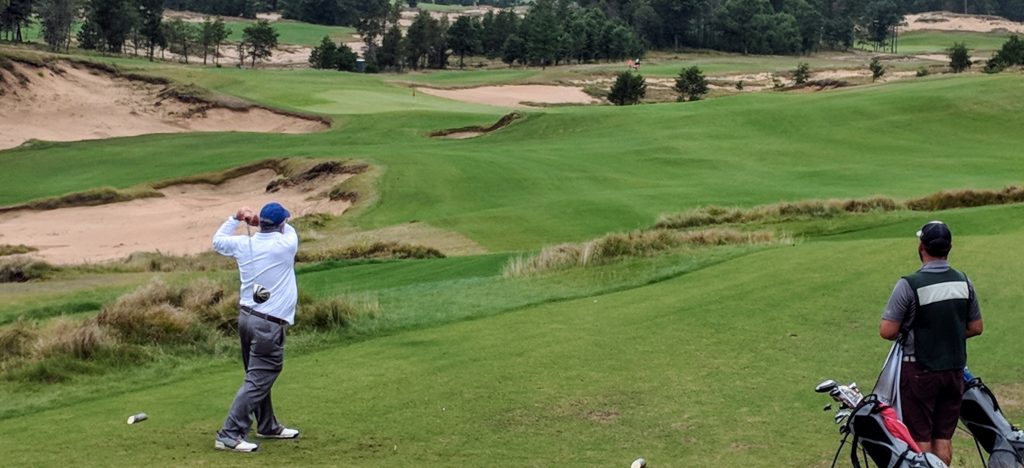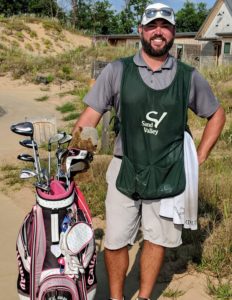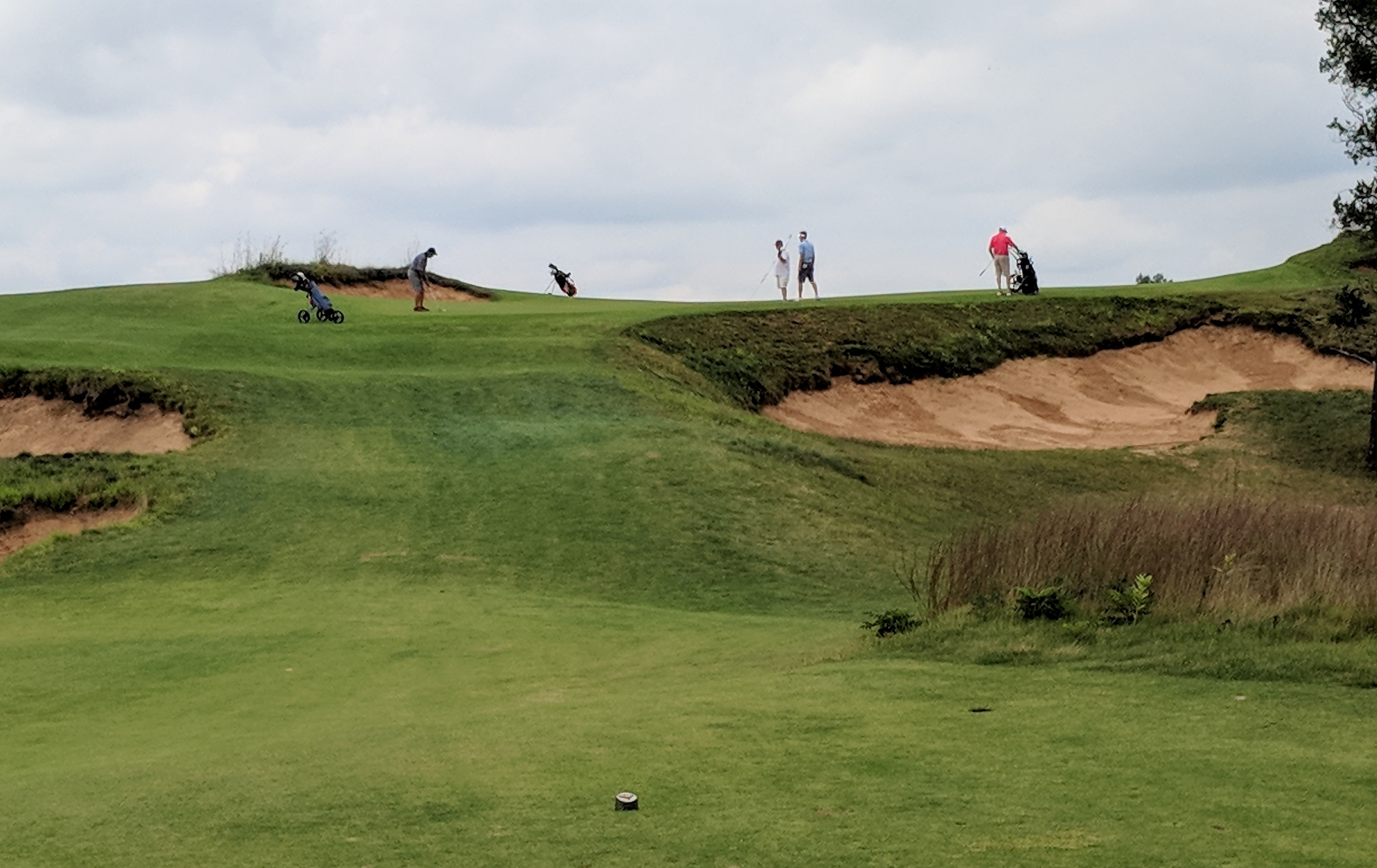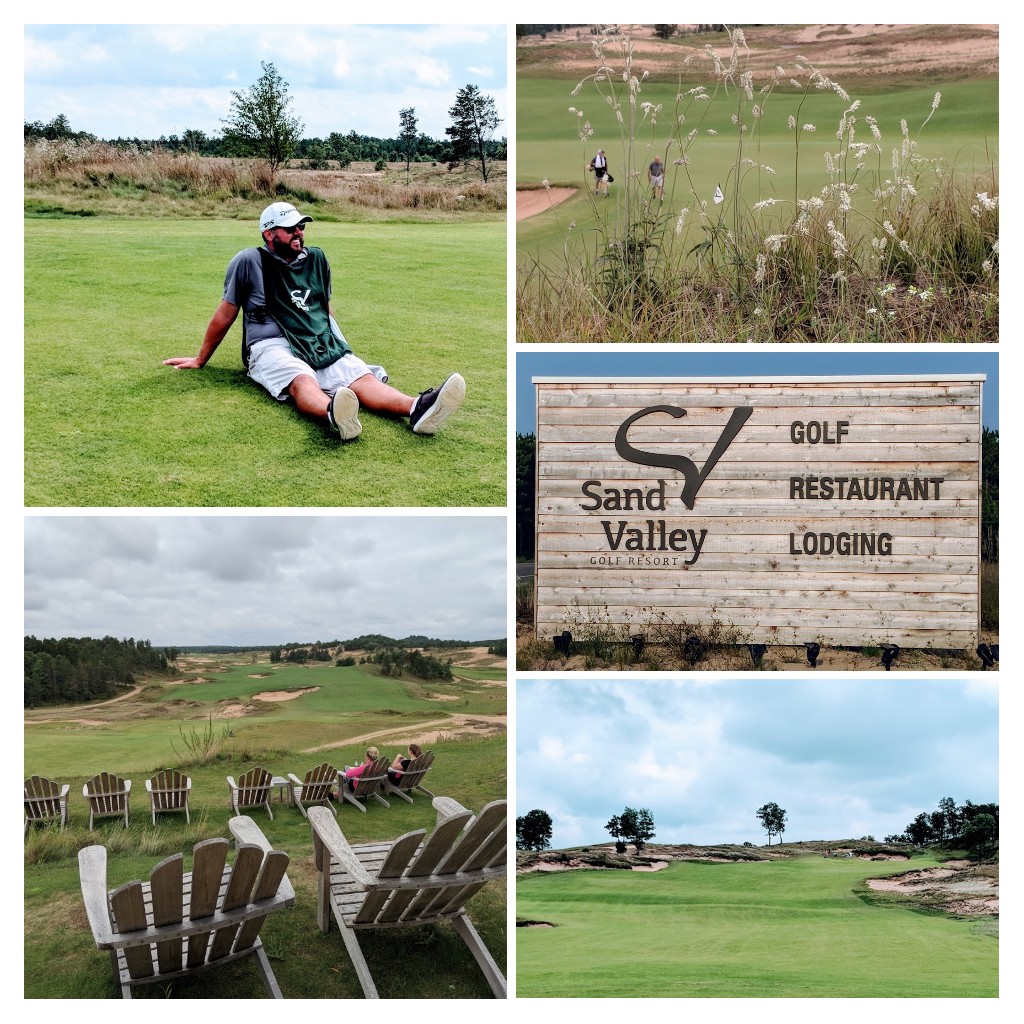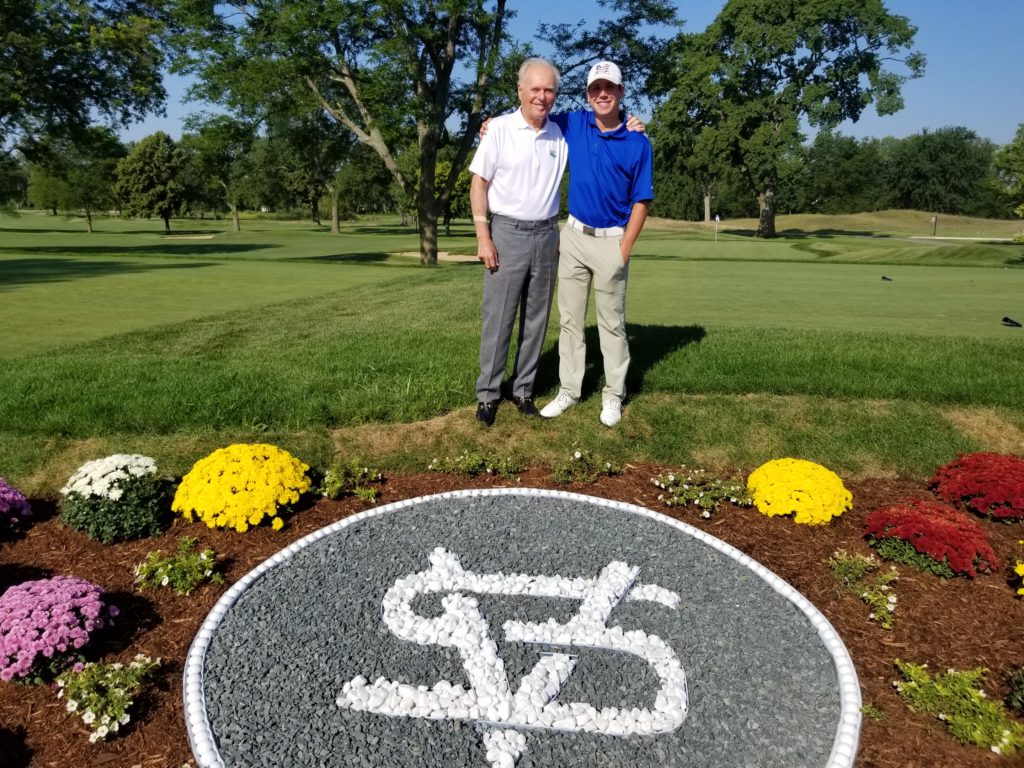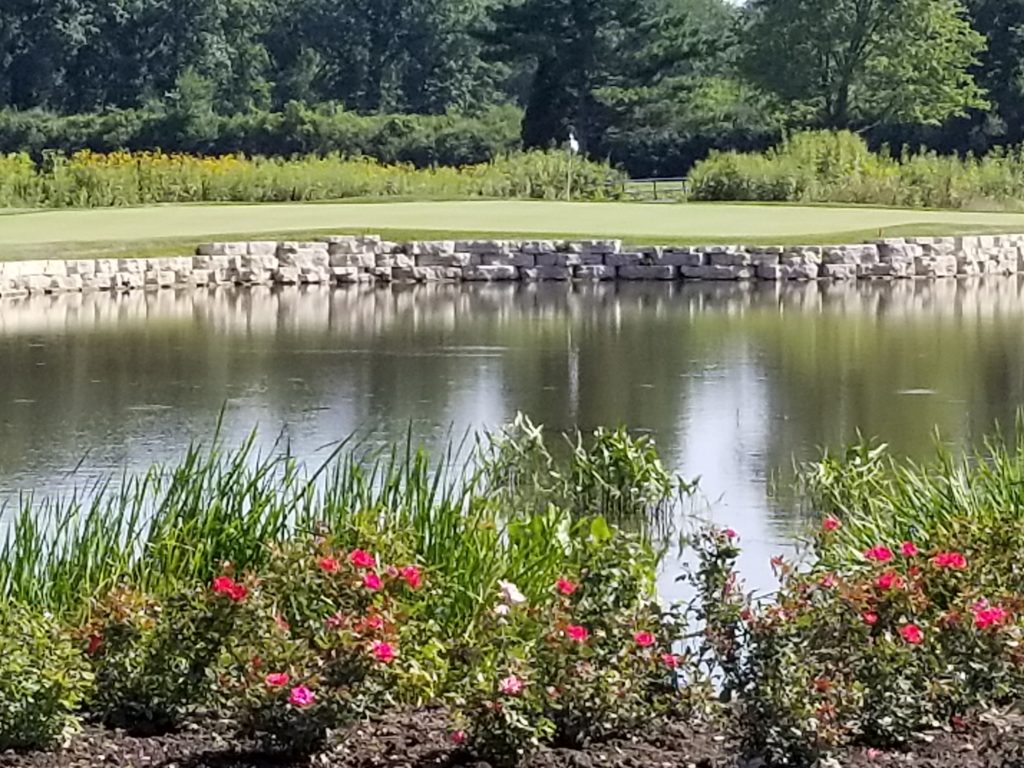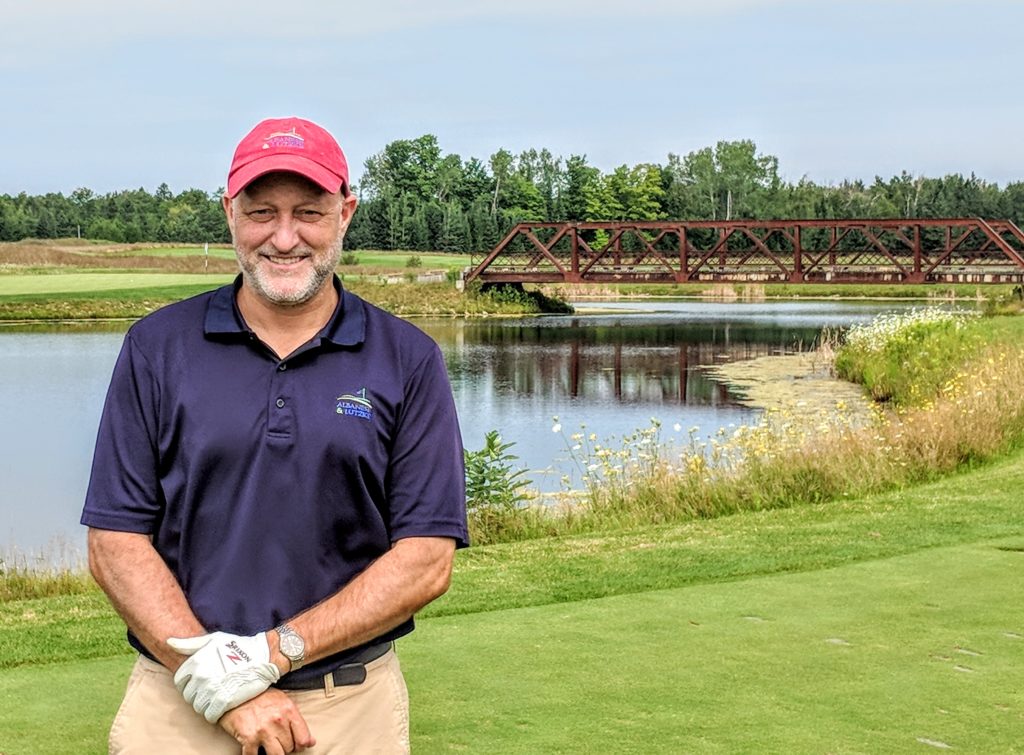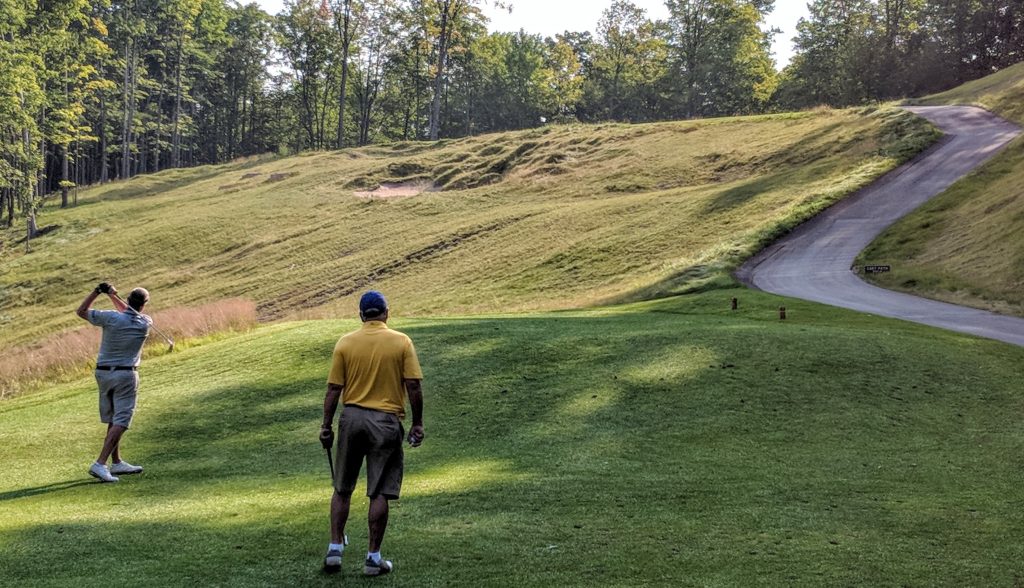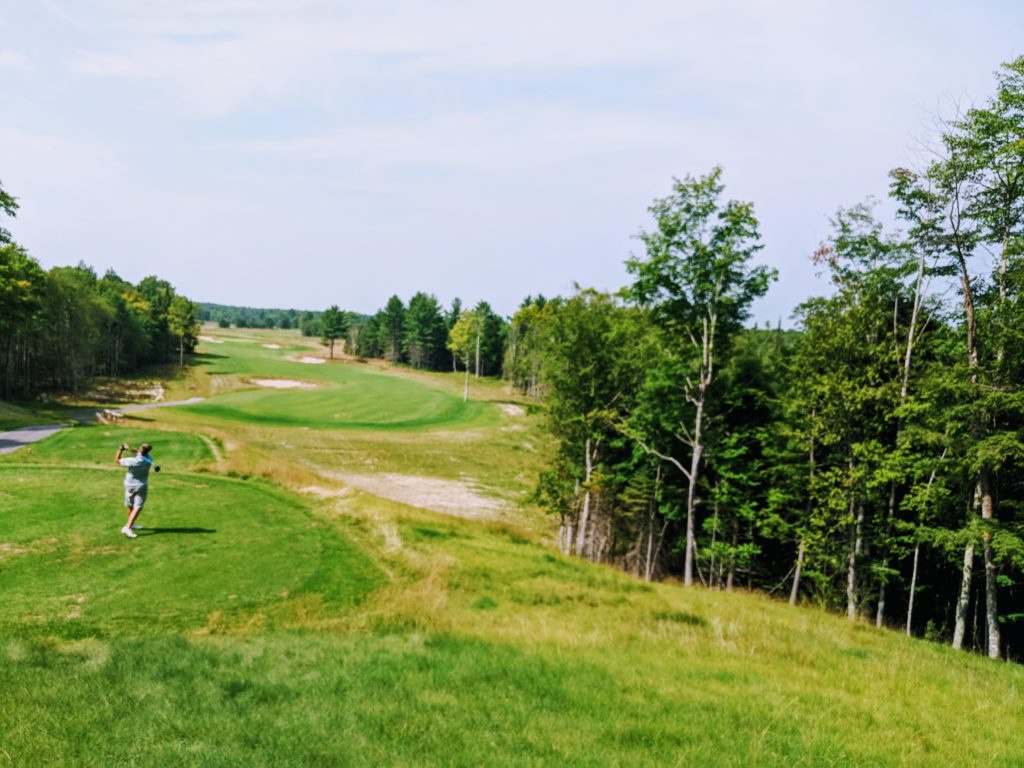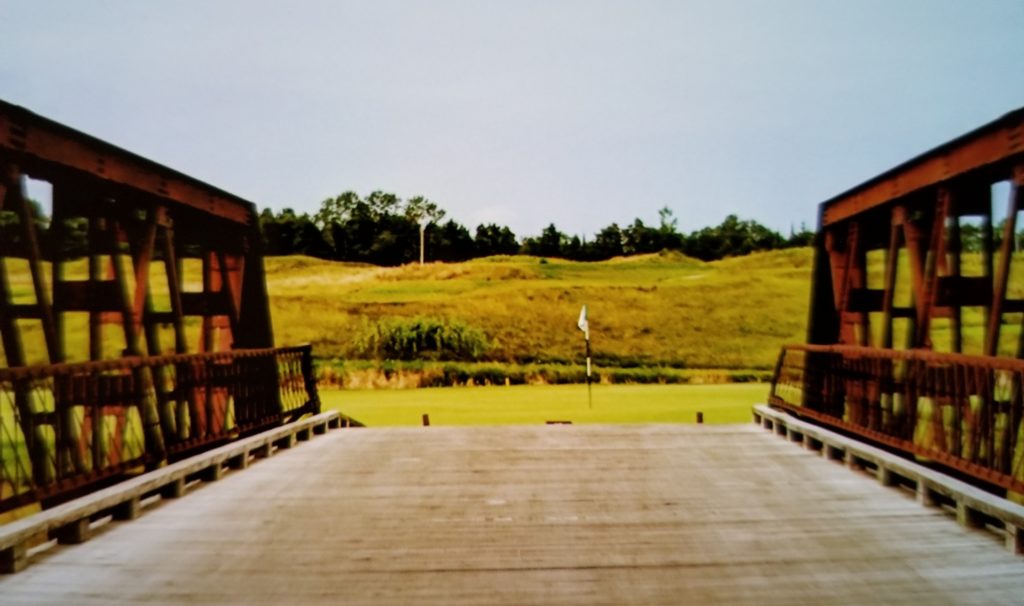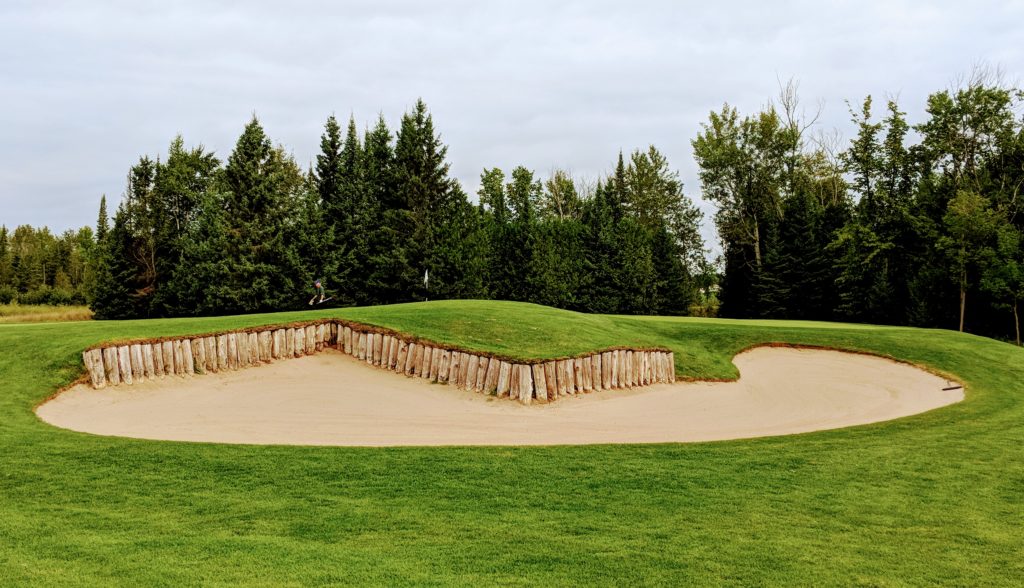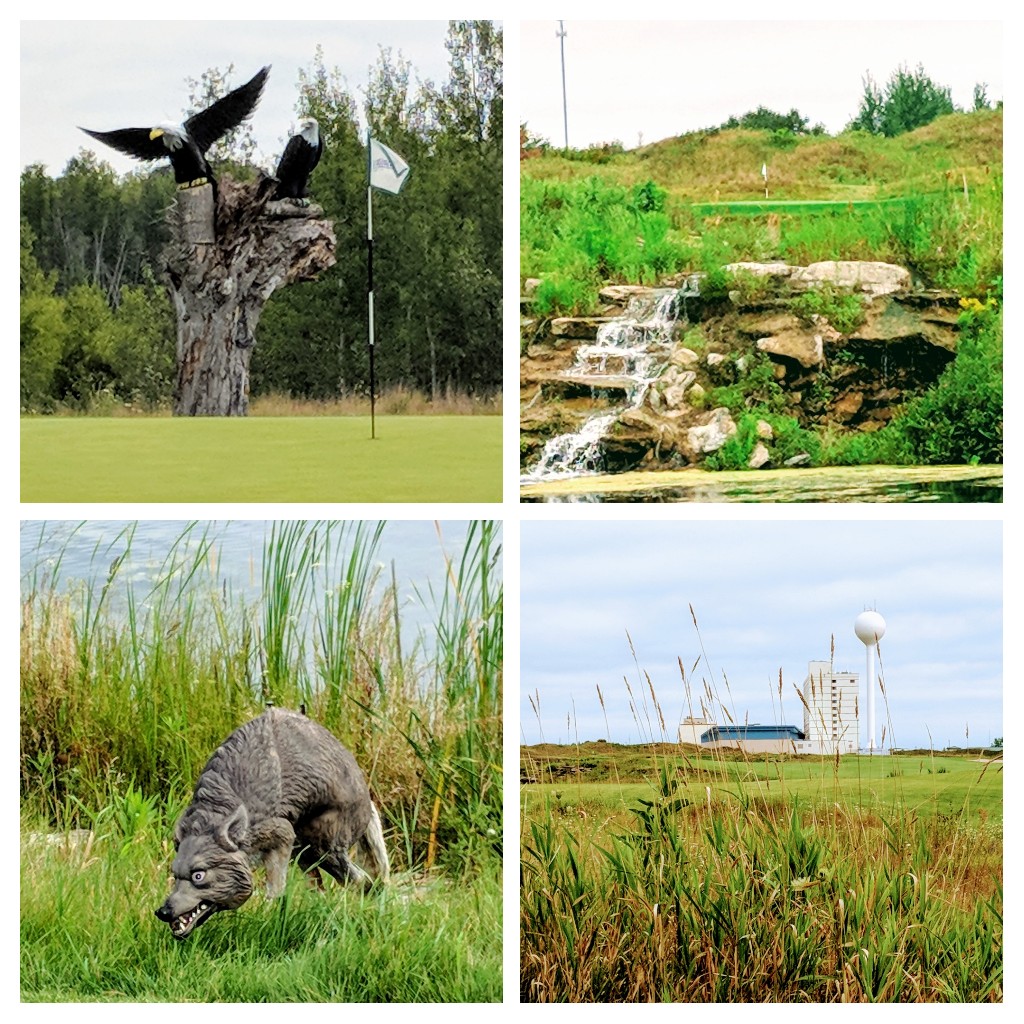The Downers Grove and Tam O’Shanter golf courses, once among the most famous in the United States, aren’t what they used to be. Both, though, are proof of that time-worn adage – “You CAN teach an old dog new tricks.’’
Downers Grove was, back in 1892, the America’s first 18-hole course. It – or at least what’s left of it – was the first version of Chicago Golf Club before the members moved to their permanent home in Wheaton.
Tam O’Shanter was the most popular tournament site of the 1940s and 1950s, the site of the big-money tournaments put on by super-promoter George S. May.
Both Downers and Tam O’Shanter have long been relegated to nine-hole facilities operated by park districts. A few holes of each are part of their original layouts but they’re land-locked, eliminated any possibility to return to an 18-hole rotation. Both are still vibrant facilities, however, and they’re working to keep up with the changing times.
That’s been particularly evident this year, as the Downers Grove Park District and Niles Park District took on major projects to upgrade their courses. Here’s what’s been going on, with Downers going first.
In mid-July a major upgrade to the Downers practice range was opened. Ten of the range’s 22 hitting stations now have protection from the elements. They’re covered by a rook and also feature infrared heaters, lights and ceiling fans. Garage doors and solar panels on the south side of the sheltered area are targeted to be added soon. They’ll help block the wind or allow for additional airflow.
The entire construction project creates a big change in the look of the facility. More importantly, though, it will provide more playing time at the course throughout the year and extend the season for the golfers visiting there.
At Tam O’Shanter the changes weren’t quite as dramatic in appearance but a major part of the ongoing work being done to keep this place relevant for golfers and remind them of its rich contribution to American golf history. The historical aspect has been addressed much more at Tam than it has at Downers.
Tam O’Shanter opened in 1925. May took ownership in 1937 and hosted his first tournament, the Chicago Open, in 1940. He liked the results, and the next year he created his own tournament – the All-American Open – which offered, for that era, unprecedented prize money for the best men and women golfers. The legendary Byron Nelson was the men’s champion four times in a five-year stretch and notched win No. 10 in his unprecedented 11 victories in a row there in 1945.
The All-American Open grew into the World Championship in 1946. It lasted until 1957, with the likes of Gene Littler, Lloyd Mangrum, Jack Nicklaus, Arnold Palmer, Patty Berg and Babe Zaharias teeing it up for – by far — the biggest purses in golf. None of those players had the long lasting impact on golf that Lew Worsham did, however.
In 1953, in the first nationally-televised golf tournament, Worsham holed a 104-yard wedge shot on the final hole of the World Championship for an eagle and a one-stroke victory over a stunned Chandler Harper. The drama provided by Worsham’s shot captivated golf fans and triggered the sport’s rise in popularity as both a participant and spectator sport.
May eventually had issues with the PGA Tour over player entrance fees and discontinued his tournament in 1957. He died in 1962 and the Western Open resulted in the return of the PGA Tour to Tam O’Shanter in 1964 and 1965. That was the last hurrah for Tam O’Shanter’s glory days.
May’s family sold the club to developers late in 1965 and they turned much of the land into an industrial park, closing the course in the process. Only about one-third of the land from the Tam O’Shanter of the May days is still used for golf and the clubhouse burned down long ago.
This story does not have a sad ending, however – not by a long shot.
The Niles Park District purchased what was left of the golf course and salvaged a nine-hole course that opened in 1974. It struggled for survival for nearly four decades but now, following a year-long course renovation project, Tam O’Shanter isn’t just surviving. It’s thriving thanks to a renovation that delayed its opening in the spring.
The course renovation was performed by the Illinois-based Lohmann Quitno architectural firm. Drainage was improved and new tee boxes, bunkering and cart paths were installed. Signage on the course was also upgraded as the course was given a more classic look. Only two holes – No. 1, a par-4, and No. 6, a par-3 that had been No. 16 on the old course – are left from the original 18-holer. The renovated nine-holer plays just 2,457 yards from the tips.
No. 1 is now the longest hole, at 404 yards, and the rotation calls for six par-4s and three par-3s. It’s nothing fancy, like the Tam O’Shanter of old, but players have been turning out in steady numbers since the renovated course re-opened in June.
“We weren’t really trying to preserve the course, just bring back the style it had from the old days,’’ said architect Todd Quitno. “It was more about function and maintenance than it was about history. We wanted to preserve the golf course for a long time, and to do that we had to make it more maintainable. It was about acknowledging that this course had a long history and giving it a long future.’’
That was just fine with manager Peter Dubs, who attended golf camps at the course when he was 14 years old and held part-time jobs there before becoming a full-time employee 11 years ago following his college graduation. Chris Urgo, the director of instruction, also progressed from part-time to full-time staffer during a similar time frame.
What had once been a failed, very small driving range was converted into the outdoor portion of the Golf Learning Center. The facility is heavy into youth work and draws about 1,000 pupils annually.
Immediately after the Niles Park District opened the course in the 1970s the pro shop was operated out of a trailer. Then an Italian restaurant was added, but it didn’t work out very well. Since 2003 the Howard Street Inn sports bar-restaurant, which adjoins the pro shop, has been a busy year-around facility – not just when golfers are on the premises.
While the new nine-holer only faintly resembles May’s carnival-like 18-hole version, the history of that place hasn’t been forgotten. A big history wall fronts the No. 1 tee and the learning center includes an array of photos and memorabilia from May’s big tournaments.
While quite a few Chicago courses have gone away over the years, Downers and Tam O’Shanter are proof that courses can survive long-term.



